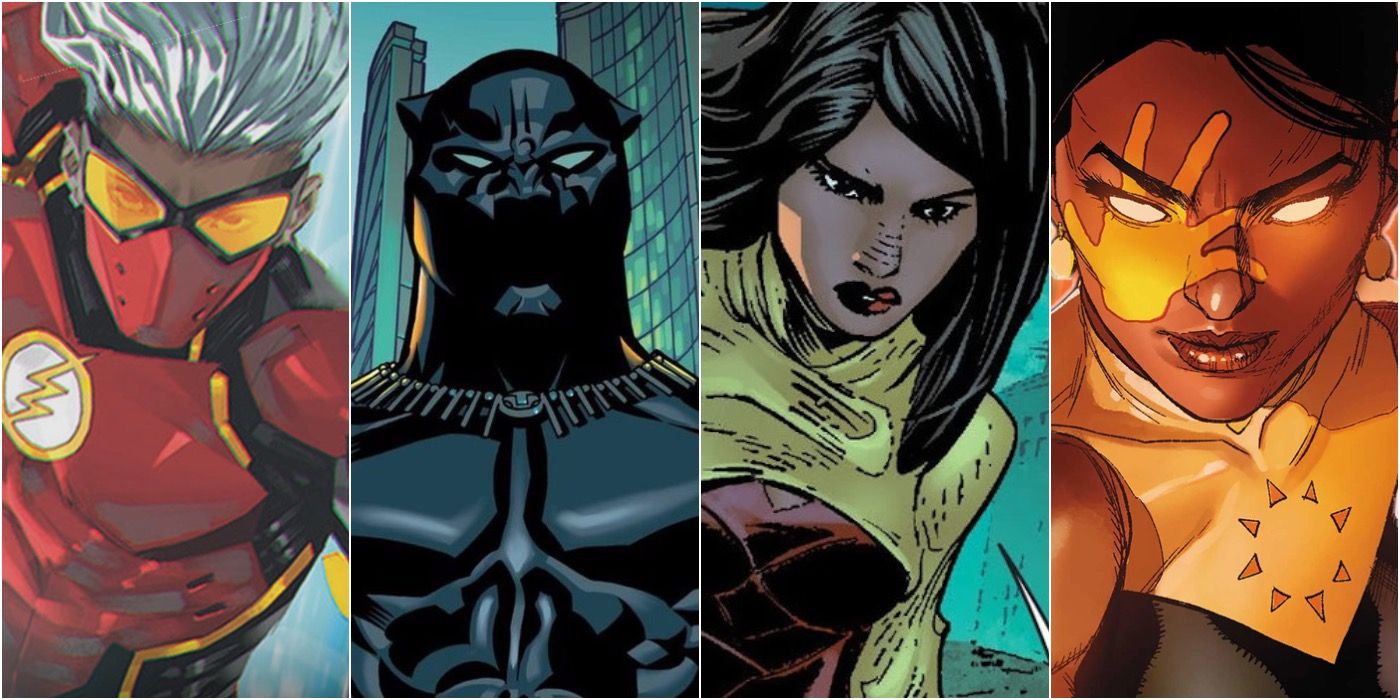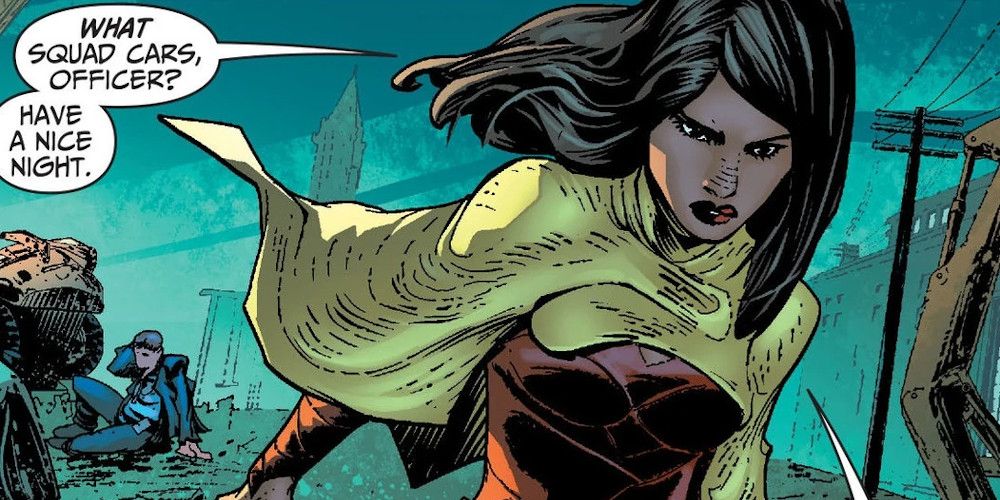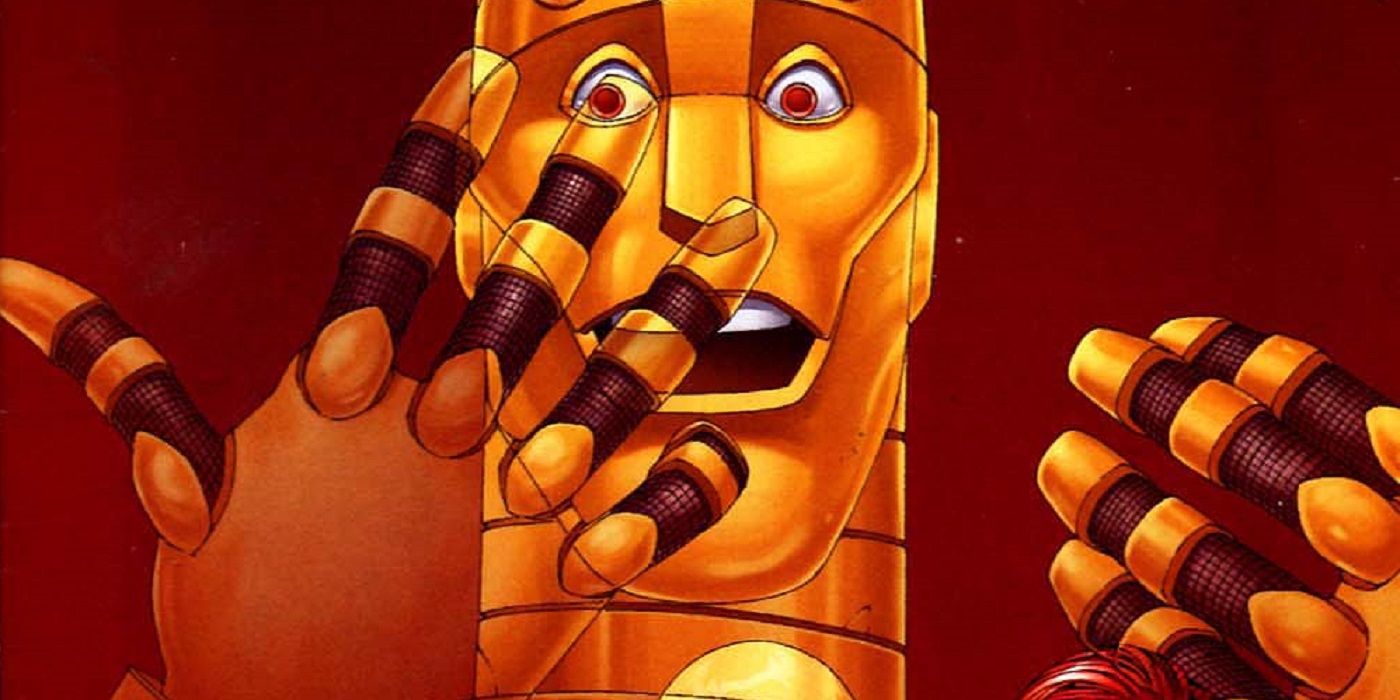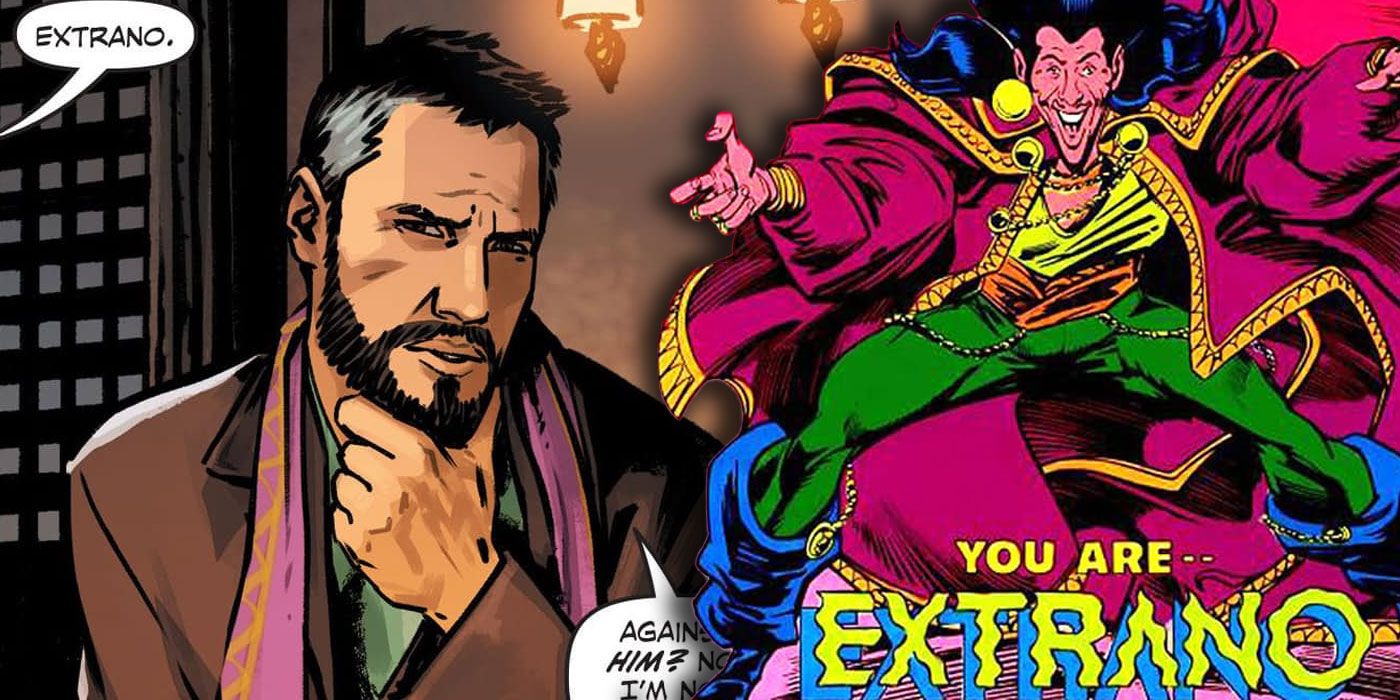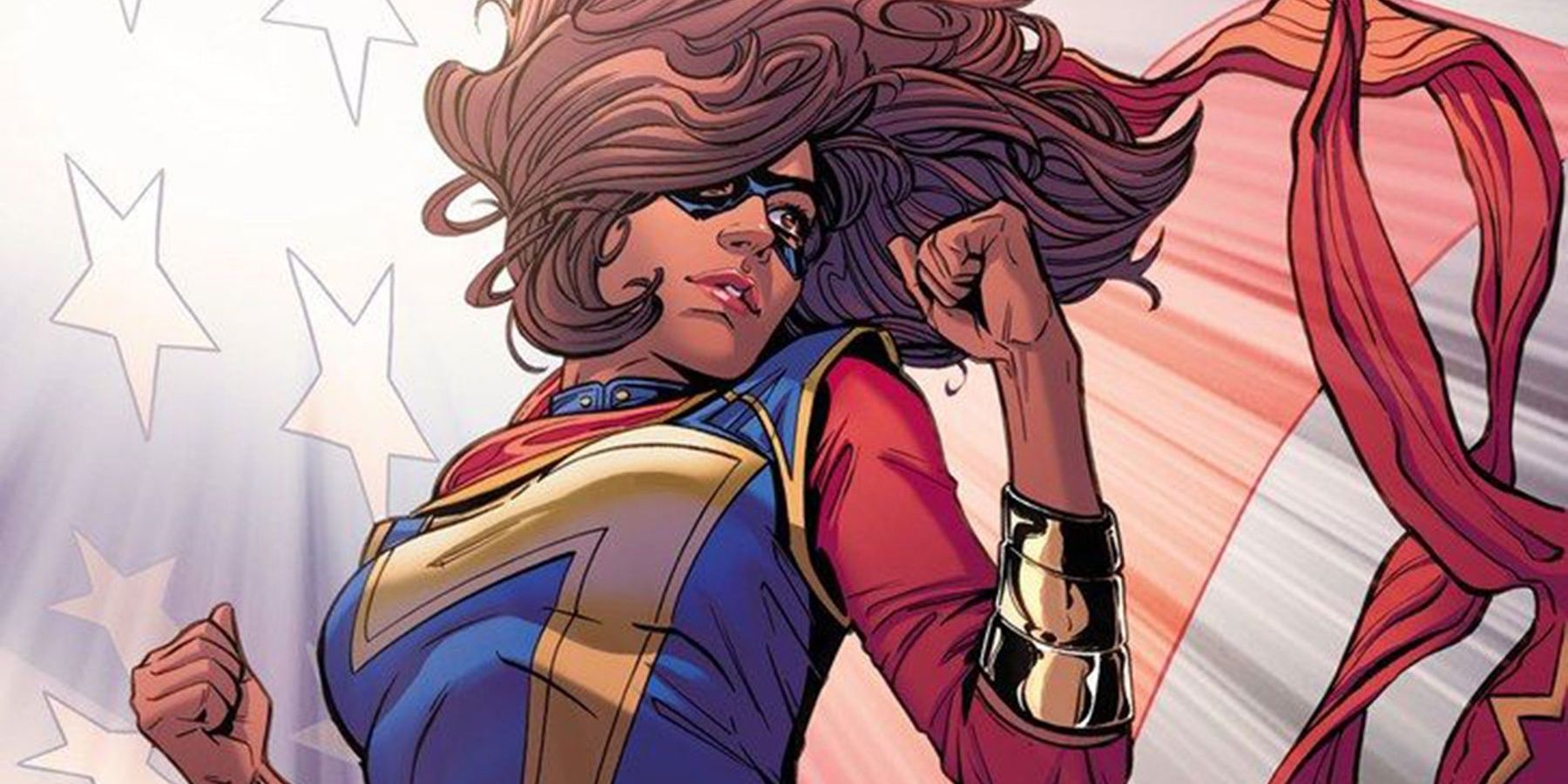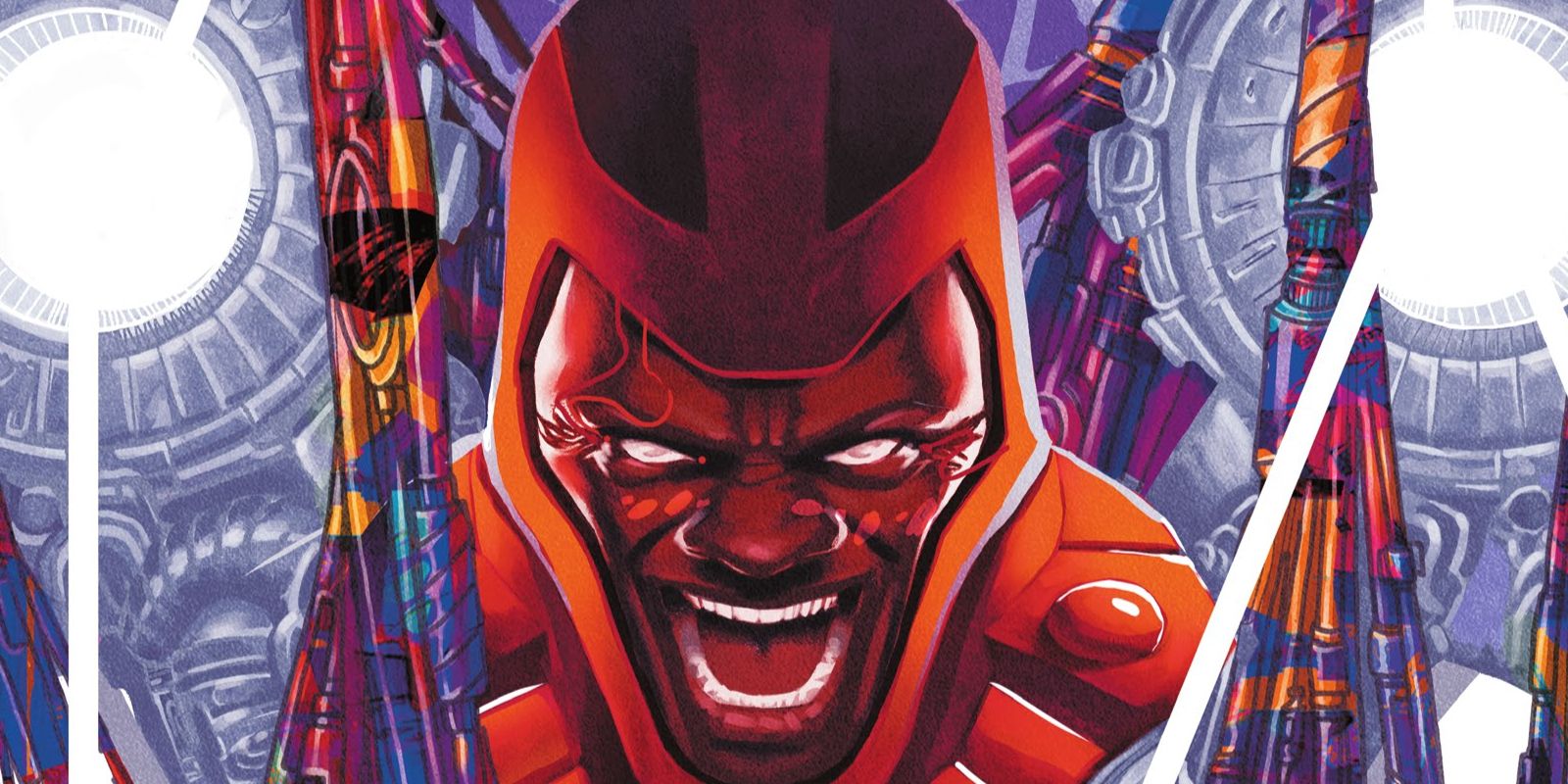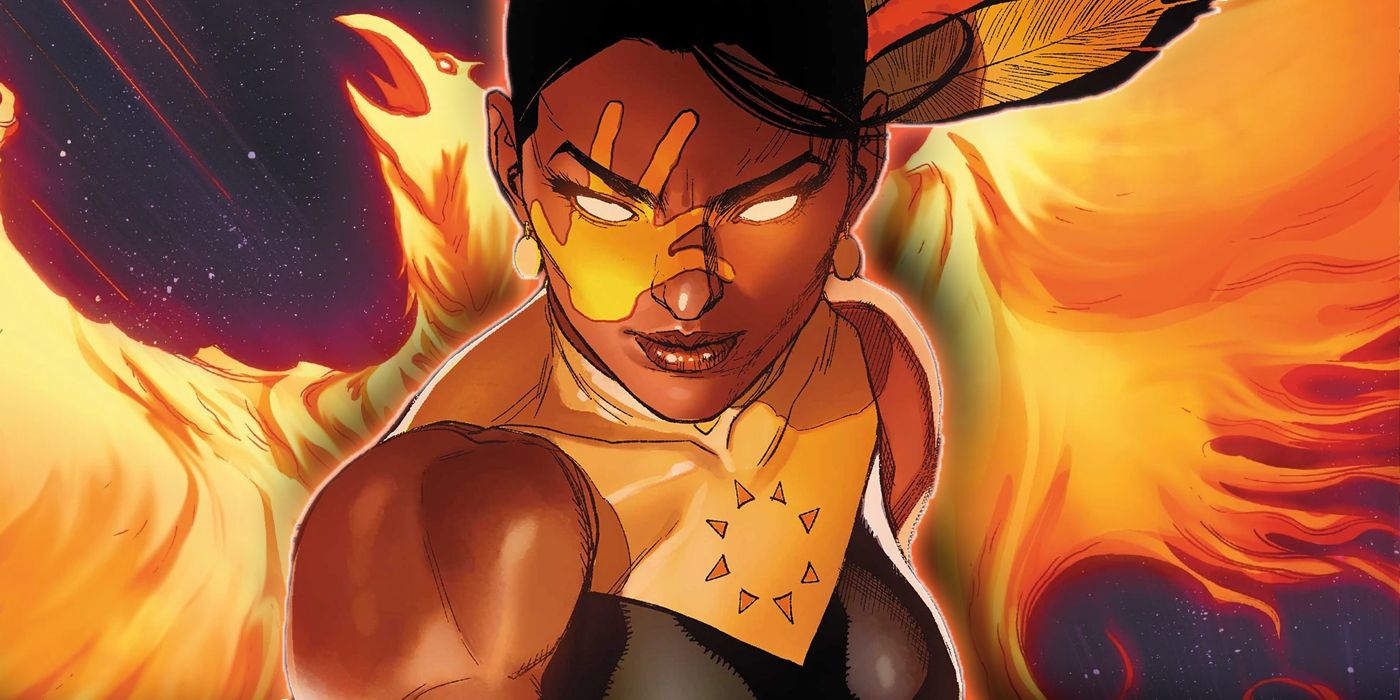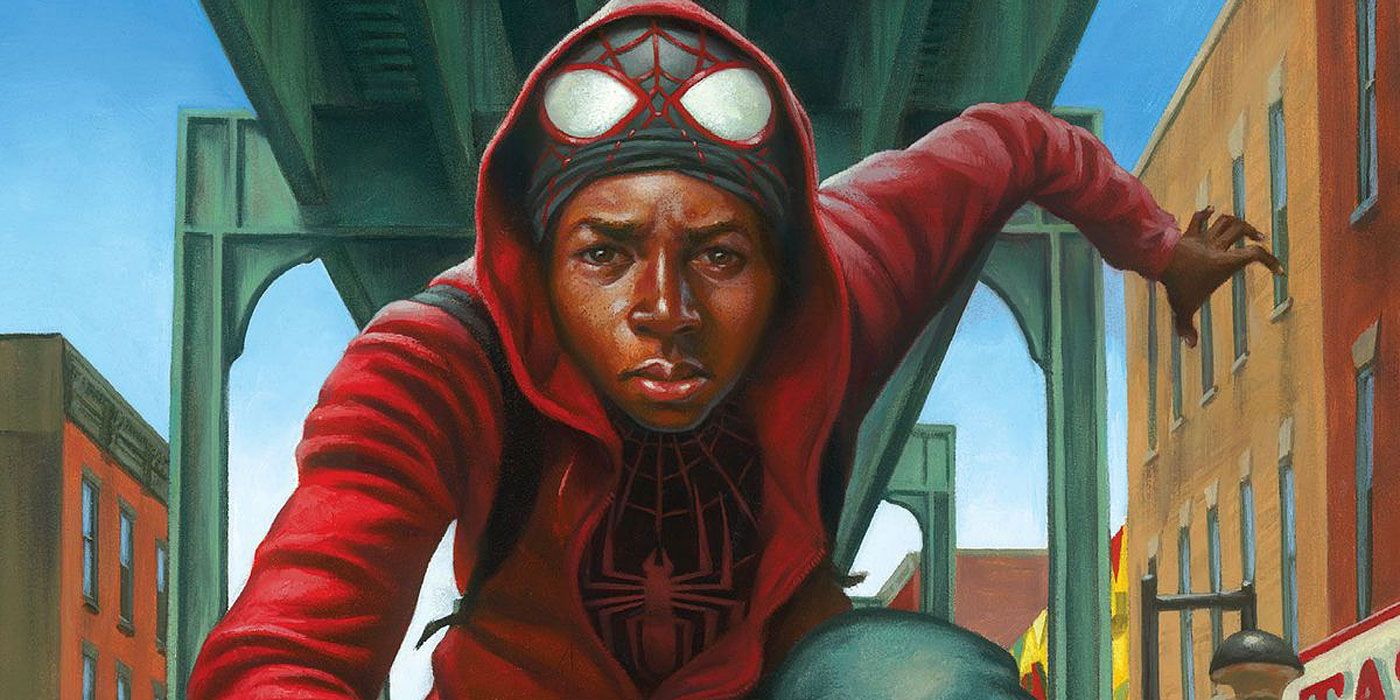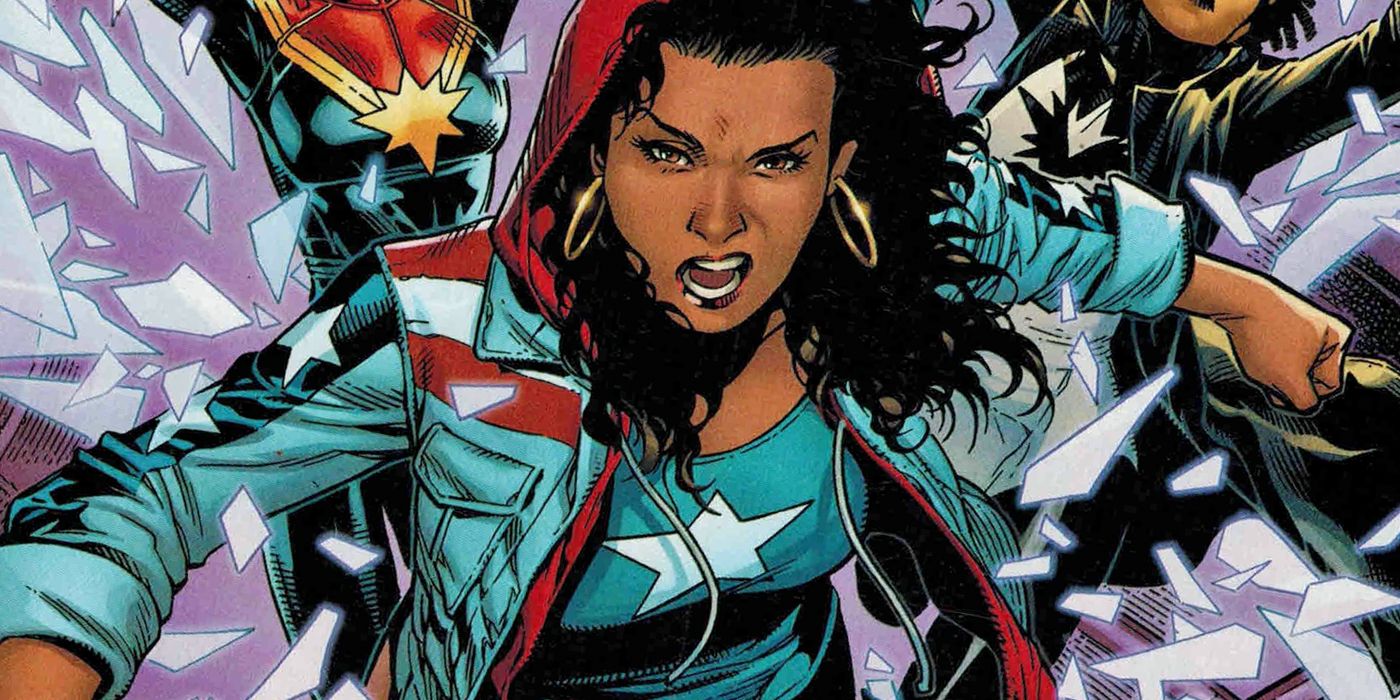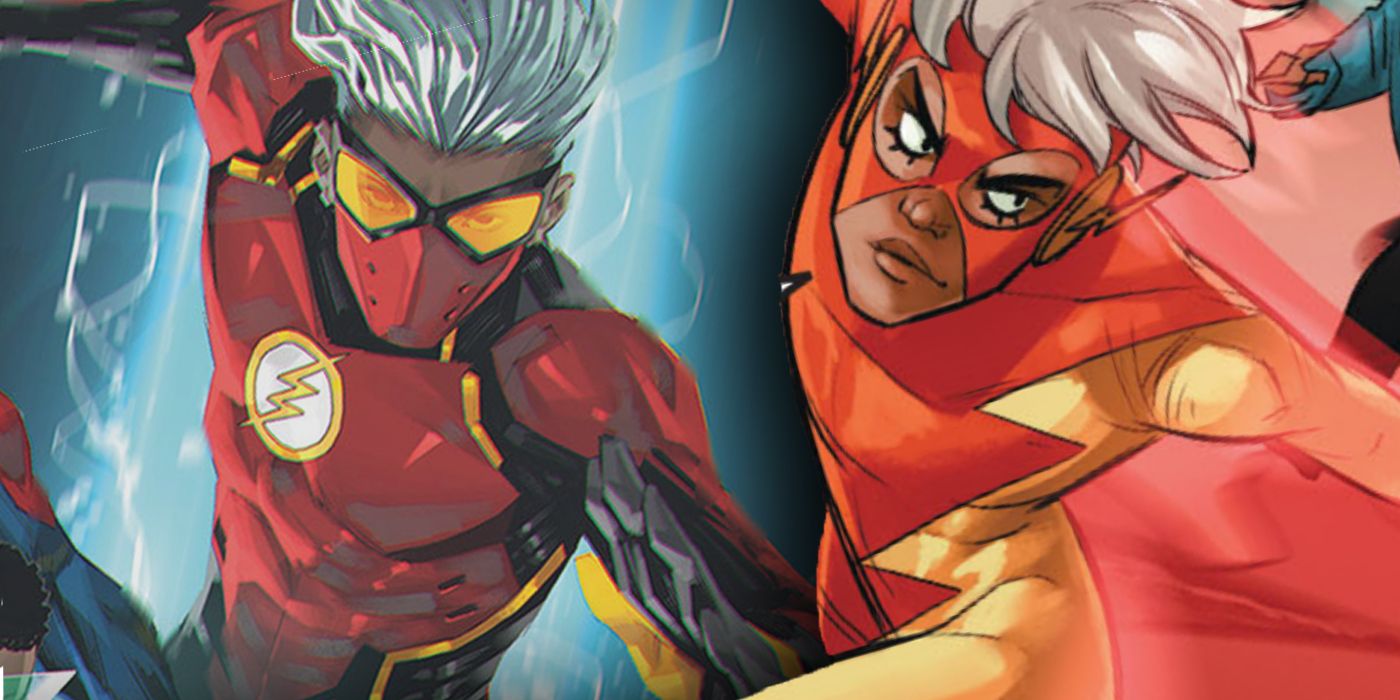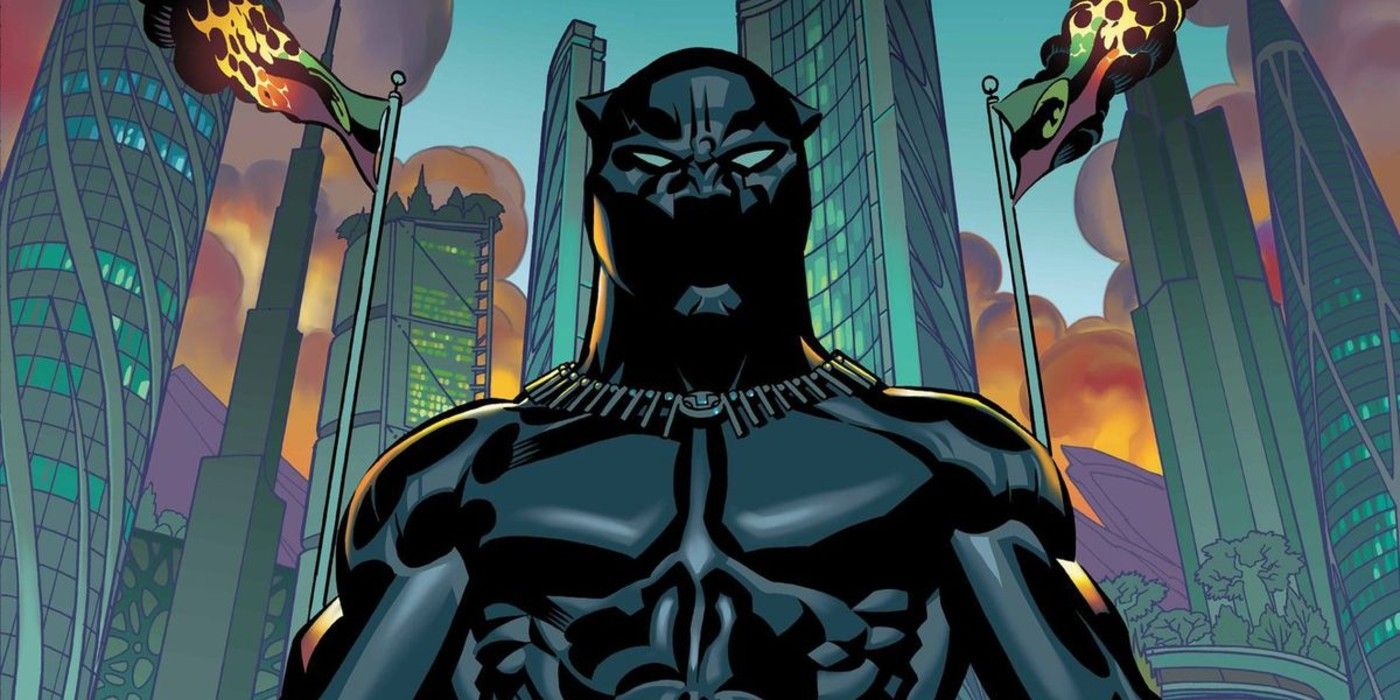Representation matters. Diversity must be embrace, celebrated, and encouraged. Diversity of race, genders, sexualities, and representations of disabilities are a must have. Just like movies and TV, comics are the perfect platform to showcase the differences among people while providing positive representation for them.
Although it took some time for mainstream comics to fully welcome diversity in their pages, DC and Marvel created some of the most diverse characters in media. These allowed fans to relate to their favorite heroes and to understand themselves better. Diverse characters hold a special place in everyone's heart.
10 Tremor Is A Fierce Asexual Indian Woman
Roshanna Chatterji first appeared as a member of Secret Six. However, she gained success after appearing in The Movement by Gail Simone and Jim Calafiore. Tremor is a young woman who migrated from India to the United States. She possesses the ability to move the Earth using vibrational forces.
In addition to providing strong Indian female representation in comics, Tremor describes herself as asexual in The Movement #10. After chatting with her teammate Mouse about his feelings, she admits her asexuality openly - something never seen before in comics. Her existence is a step in the right direction to ending the stigma towards asexual people.
9 Robotman Deals With Disabilities & Mental Health Issues
One of Doom Patrol's oldest members, Cliff Steele was a race car driver who suffered an accident that destroyed his body. In order to save him, his brain was placed inside a robotic machine that gave him several abilities, such as superhuman strength and speed. Cliff also had electromagnetic feet and heating coils in his hands, so he became Robotman.
Although this process saved his life, it also left Cliff with traumas. Since he doesn't have skin anymore, he can't sense things like other people. He can't eat nor feel others, which leads him to feel "less than a human." This drives Cliff to depression. His condition is a metaphor for disability. In addition to this, his character is a great example of mental illness representation in media.
8 Extraño Is The First Openly Queer Superhero
Although he's the first openly gay superhero in DC Comics, Gregorio "Extraño" de la Vega was a Peruvian wizard whose sexuality mostly served as comic relief. Extraño embodied damaging stereotypes, and even contracted HIV in the late '80s during an unorthodox plot that made very little sense.
Fortunately, times change. Writer Steve Orlando, openly bisexual himself, rescued Extraño after DC Rebirth. Orlando gave Extraño a healthy relationship with the Tasmanian Devil and a daughter, Suri, in Midnighter And Apollo. Midnighter And Apollo works as "a love letter to queer characters and [their] struggle to live." With this story, Extraño was reintroduced into the DC Universe no longer as a joke, but as a proud representative of the LGBTQ+ community.
7 Kamala Khan Shares Her Muslim Heritage With The Readers
Also known as Miss Marvel, Kamala Khan is a Pakistan-American teenager with the ability to shapeshift and has Inhuman genes. Although she's a superhero, Kamala is also a relatable fangirl. She's obsessed with Captain Marvel and she even writes fanfiction about the Avengers, according to All-New, All-Different Avengers Annual #1.
Kamala is a positive example for Pakistan-American readers. Ms. Marvel comics also include Muslim culture and religion as a part of her background. These comics showcase Kamala's familiar relationships and traditions as a Pakistani girl raised in a Pakistani family. Her cultural impact is so big that former President Barack Obama commented on the importance of Kamala as a bastion for current Muslim representation.
6 Hardware Features Afrofuturism As The Main Aesthetic
Although he doesn't have any superpowers, Curtis Metcalf is a genius inventor who creates gadgets to fight crime in his city. On the contrary to other geniuses in comics, he doesn't own anything he creates. His employer, Edwin Alva Jr., exploits him intellectually, and so he remains a part of the working class.
Hardware isn't the first African-American superhero. However, he is the first one published by Milestone Comics, a company created by African-American artists and writers to fix the lack of representation in comics. His story is considered a turning point in DC history due to its use of Afrofuturism, a discourse that mixes African-American themes with current technoculture.
5 Maya Lopez Is A Deaf Native American Hero
The current Phoenix host, Maya "Echo" Lopez, is one of the few deaf characters in comics. She's a fierce warrior with the ability to mirror others' actions to perfection - hence the Echo moniker. She's also portrayed as a skillful lip-reader, even when the other person wears a mask. Echo is portrayed using American Sign Language to communicate in the comics and the TV series, Hawkeye.
In addition to providing representation for the deaf community, Maya is one of many Native-American superheroes in the Marvel pages. The comics don't take Maya's heritage for granted. In fact, she uses many elements from the Cheyenne culture, such as feathers in her hair. When in need, she seeks spiritual guidance with the Chief, a Native-American leader.
4 Miles Morales Is Important Representation For Children
Miles Gonzalo Morales is a 13-year-old biracial boy. His father is African-American and his mother is Puerto Rican. Miles gained superhuman abilities after he was bitten by a genetically engineered spider. After this incident, he became Spider-Man, just like Peter Parker did before him.
When Marvel first introduced Miles as a new Spider-Man, some fans commented on the act as a publicity stunt to showcase political correctness. Even Stan Lee, Spider-Man's co-creator, appointed the idea as an excellent way to create new role models for children. After all, everyone deserves a relatable and positive figure such as Spider-Man in their lives.
3 America Chavez Is Puerto Rican And A Proud Lesbian
America Chavez is a young woman with the ability to open interdimensional portals to travel through the multiverse. In addition to this, she's incredibly strong and very fast. Since she's Marvel's first Latin-American LGBTQ+ superhero, she's one of the most diverse characters in comics right now.
Not only was America was raised by two women, Amalia and Elena, but she's openly lesbian and has relationships with other women. In addition to this, her comics constantly feature Puerto Rican culture and she speaks Spanish frequently. Her heritage and sexual identity are crucial to her character, so fans can only hope the MCU will respect them in Doctor Strange In The Multiverse Of Madness.
2 Kid Quick Is A Non-Binary POC Speedster
Jess Chambers is DC's most recent speedster. Known as Kid Quick, they're a Kid Flash's alternate version from Earth-11. They can access the speed force to gain abilities, such as superhuman speed and stamina, enhanced reflexes, and an accelerated healing factor. Kid Quick stands out among other speedsters because they're non-binary.
Although their gender identity isn't central to Kid Quick's story, everyone respects their pronouns without a second thought, which provides a positive example for the readers. Luckily for enby readers out there, non-binary identities are soon becoming a regular thing among superheroes. In fact, Kid Quick is only one of many non-binary characters in comics right now, alongside Stitch, Aerie, and Shining Knight.
1 Black Panther Is The First Black Mainstream Superhero
Thanks to a heart-shaped herb and years of training, T'Challa becomes the Black Panther. This title gives him a connection with the Panther God Bast, who grants him super strength, speed, healing, reflexes, and other abilities. He uses these powers to act as Wakanda's King and protector.
Black Panther isn't the first African-American character in comics, but he's the first mainstream black superhero. After him, many others, such as Storm, Luke Cage, and Black Lightning appeared in different stories. However, Black Panther paved the way for African-American representation. What's more, Wakanda itself provided a new depiction of Africa's culture, free from prejudice and occidental bias.

